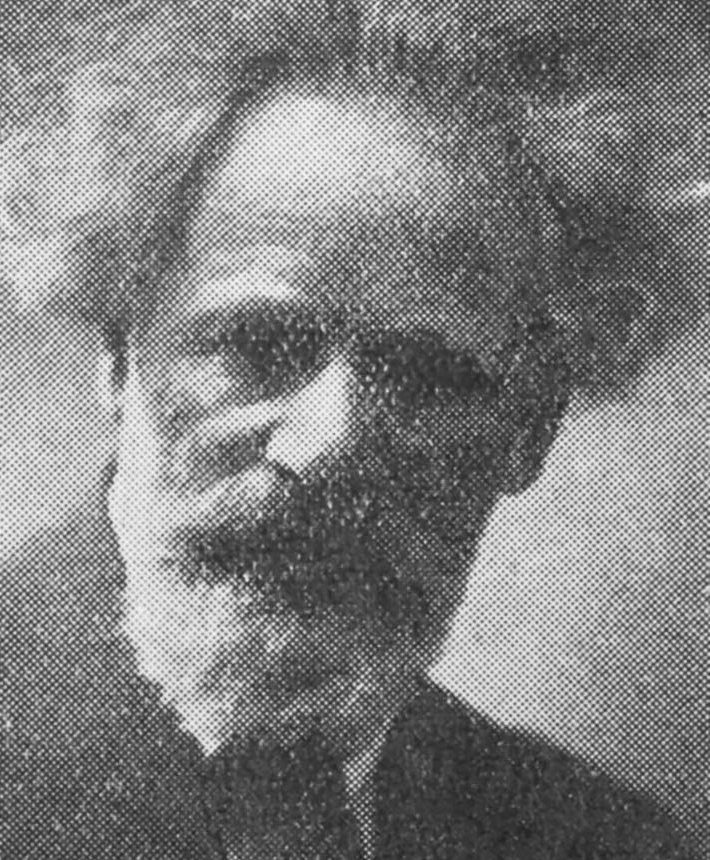Gabriel ZENDEL
Январь 4, 2019Aron BRZEZINSKI
Январь 4, 2019Наум АРОНСОН
КРЕСЛАВКА (РОССИЯ) 1872 – НЬЮ-ЙОРК 1943
Наум Аронсон родился в семье мелких торговцев. Начал своё образование в Академии Вильнюса. В 1891 году уехал в Париж, где учился в Школе декоративных искусств и в мастерской Коларосси. Аронсон был учеником Гектора Лемера и Огюста Родена, который оказал большое влияние на его стиль. Начало карьеры Аронсона было непро- стым, он жил в сложных условиях. В 1897 году он впервые выставил свои работы в Национальном обществе изящных искусств.
В 1901–1935 годах Аронсон часто ездил в Россию, особенно после Октябрьской революции 1917 года. Прошёл там военную службу и симпати- зировал коммунистическому режиму. Его работы выставлялись в Москве (1902) и Санкт-Петербурге (1907). Он изготовил немало бюстов, среди которых портреты Шопена, Берлиоза, Ленина, Пастера, Толстого и Бетховена. Аронсон выставлял свои скульп- туры в Париже, Льеже и Берлине.
В 1926 году в галерее Декур в Париже прошла персональная выставка Аронсона. В 1937 году он принял участие во Всемирной выставке в Париже и выполнил заказ для советского павильона. В 1940 году Аронсон уехал в Португалию из-за антиеврейских гонений во Франции. Затем отправился в США. Умер в Нью-Йорке в 1943 году.
Stories of Jewish Artists of the School of Paris 1905-1939
FRENCH-ENGLISH
Capitale des arts, le Paris des années 1905-1939 attire les artistes du monde entier. De cette période de foisonnement, un terme est resté, celui d'Ecole de Paris, qui recouvre une grande diversité d'expression artistique. Dans ce brassage dont Montparnasse est le creuset, un groupe se distingue : celui des artistes juifs venus de Russie, de Pologne et d'Europe centrale. Si leurs styles sont variés, un destin commun les rassemble : ils fuient l'antisémitisme de leur pays d'origine. Certains ont connu la célébrité dès les années 1920, tels Soutine, Lipchitz ou Chagall. D'autres n'ont pas eu le temps ou la chance d'y accéder. Près de la moitié a péri dans les camps de concentration nazis.
From 1905 to 1939, Paris attracted artists from all over the globe as the capital of the art world. This period of artistic proliferation became known as the School of Paris, and includes a great diversity of artistic expression. Within the teeming art world centred on Montparnasse, one group set itself apart: Jewish artists from Russia, Poland, and Central Europe. Although their styles were diverse, they shared the common fate of fleeing anti-Semitic persecutions in their home countries. Some became famous in the 1920s, such as Soutine, Lipchitz, and Chagall, while others did not have the time or the luck to gain renown. Nearly half of these artists died in Nazi concentration camps.






